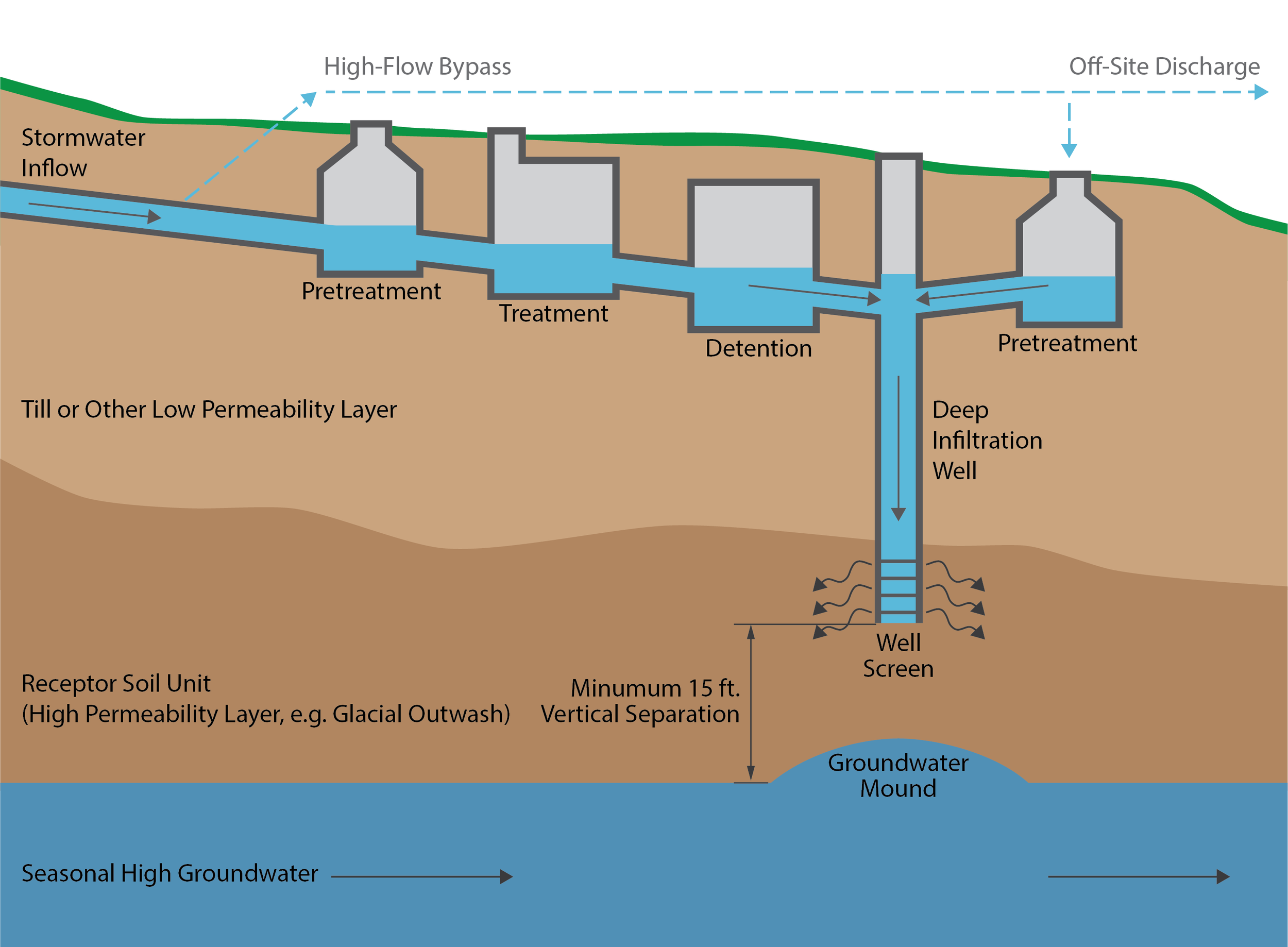Join Aspect’s stormwater team at the March 2022 Stormwater Conference on March 16. Returning to in-person this year, this Northwest Environmental Business Council (NEBC)-hosted conference in Tacoma, Washington takes the pulse on state-of-the-science stormwater topics in Washington and the Pacific Northwest. Please join Aspect at the following events:
Principal Engineer Owen Reese (moderator) and Principal Engineer Tom Atkins with a panel of peers at the Advances in Stormwater Infiltration panel. Tom will speak on deep stormwater infiltration at the Port of Seattle’s Seattle-Tacoma International Airport.
Associate Hydrologist James Packman organized and will moderate a session on Developing a Source Control Program – helping stormwater and water quality leads with Phase II municipal stormwater programs develop source control strategies to comply with permit requirements and meet upcoming permit deadlines.
Owen will also introduce the keynote lunch speakers (Lisa Rozmyn, Assistant Director, Washington Stormwater Center [WSC] , also joined by Dr. Jenifer McIntrye, Assistant Professor at WSC). This lunch talk will update WSC research, discuss Puget Sound recovery work, and go over permit assistance and state and federal legislation they are involved in.
Join and follow us at this year’s 2022 Stormwater Conference: March 16, 2022 8:00 am – 6:00 pm
Also, see Aspect’s recent feature on soil infiltration in Stormwater Magazine, written by Principal Engineer John Knutson.























